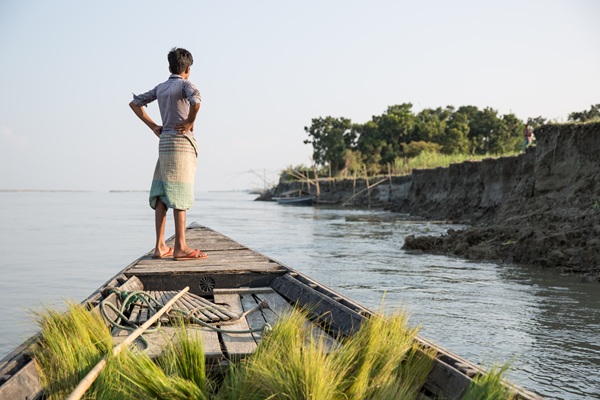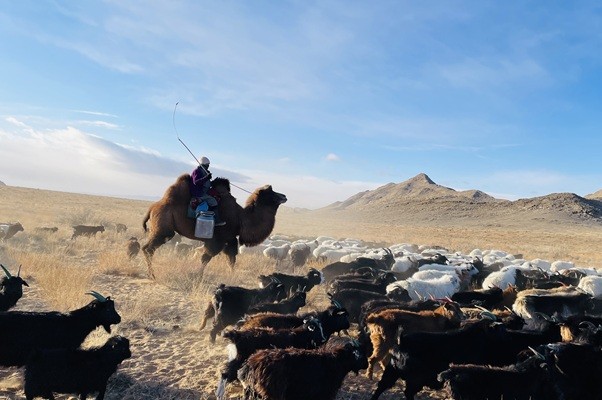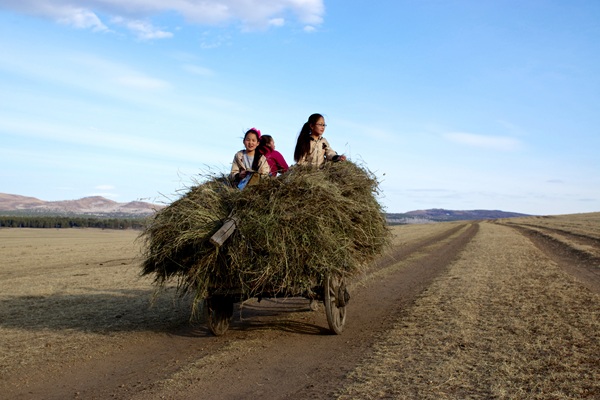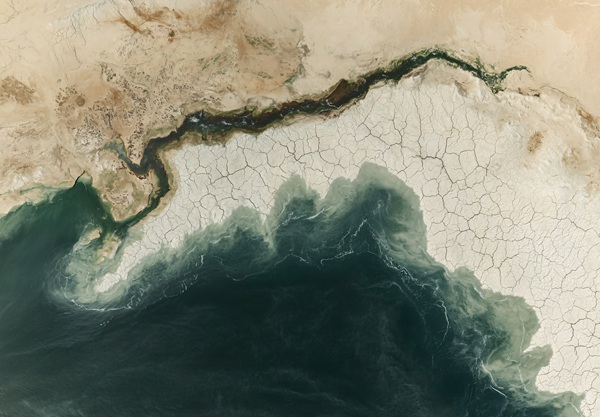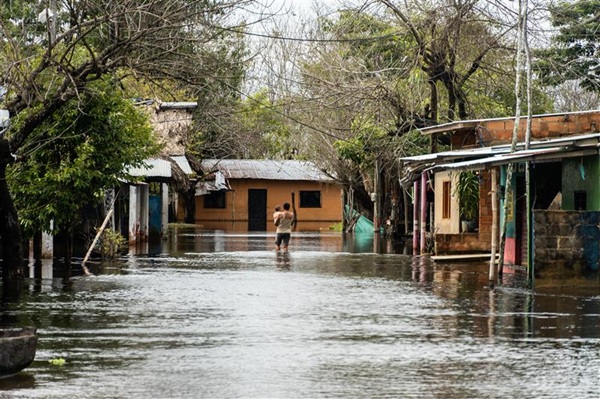Climate Change and Disaster Displacement: Practical Toolkit on International Protection
Climate impacts are arising in refugee claims worldwide. This ground-breaking Toolkit shows how decision-makers across the globe are grappling with such claims, offering practical legal guidance to those navigating them in practice.
This first-of-its-kind global resource helps lawyers, judges, and other decision-makers navigate a largely uncharted but increasingly important issue: international protection claims where climate change or disasters play a part.
International Protection for People Displaced across Borders in the Context of Climate Change and Disasters: A Practical Toolkit is a clear, systematic guide to addressing this pressing issue. It was developed by the Center for Gender and Refugee Studies (CGRS), the Kaldor Centre for International Refugee Law at UNSW Sydney, and Essex Law School and Human Rights Centre, with support from UNHCR and in consultation with experts from across the globe.
Displacement in the context of disasters and climate change is already happening. Increasing temperatures, sea-level rise and more extreme weather events are forcing people to move. Most people stay within their own country. But some cross an international border to seek safety, raising the question of whether they qualify for refugee status or international protection on human rights grounds. Lawyers and decision-makers need to better understand when, how and why people may have valid protection claims in such circumstances.
The Practical Toolkit does not seek to extend the scope of refugee or human rights law. Rather, it reveals how existing international law – including the Refugee Convention/Protocol and the International Covenant on Civil and Political Rights – may be applied to these evolving situations. It also shows the applicability of regional legal frameworks in Africa, the Americas and Europe.
1. No special rules apply: International protection claims involving the impacts of climate change and disasters should be assessed in the same way as all other protection claims.
2. Consider the ‘hazard-scape’ as a whole: Decision-makers should not focus solely on climate change or the disaster event itself but also on the broader range of hazards that may contribute to a person’s vulnerability – such as food insecurity, water scarcity and health risks.
3. Climate change and disasters affect individuals in different ways: Factors such as gender, age, health and disability can create differing and intersecting risks of harm.
4. Human agency is relevant: While particular hazards may occur naturally, the risk of harm that follows generally depends on whether and how governments and others respond.
5. Consider the risk of harm over time: The impacts of climate change and disasters may emerge suddenly or gradually, and their effects may be felt over time. Decision-makers should therefore consider a longer timeframe in assessing risk, including potential measures a country may take to try to mitigate it.
“This Toolkit offers a clear and practical overview of cases and analysis from around the world. It is intended as a global resource that can be adapted in any country to fit its existing legal framework, much like the practice advisory that CGRS has created for the United States. Comparing case law from different countries can be helpful for decision-makers and practitioners anywhere who may be approaching climate change and disaster-related cases for the first time,” said Kate Jastram, Sérgio Vieira de Mello Professor of International Refugee Law and CGRS Director of Policy & Advocacy.
CGRS Associate Director of Policy & Advocacy Felipe Navarro said: ‘We hope this toolkit helps strengthen the application of refugee and human rights law as part of a broader response to displacement in the context of climate change and disasters – one that also includes humanitarian aid, proactive migration pathways, and resilience-building efforts to help people remain in their homes when possible. As governments increasingly recognize the role of these legal frameworks in addressing displacement – such as in the 2024 Chile Declaration and Plan of Action adopted by Latin American and Caribbean nations –there is a growing need for clear, practical guidance.’
From our co-authors:
UNSW Professor Jane McAdam AO said: ‘This Practical Toolkit is a valuable resource to help legal practitioners and decision-makers appreciate how existing refugee law and human rights law can provide protection to people at risk in the context of climate change and disasters. Inaccurate but popular labels – such as “climate refugee” – have caused confusion, and some decision-makers have been spooked by “climate change”, thinking they need specialist scientific expertise to grapple with it. The Practical Toolkit debunks and demystifies these and other misapprehensions, using case examples and principled analysis to show why no special tricks are needed.’
University of Essex School of Law and Human Rights Centre Professor Geoff Gilbert said: ‘While climate and disasters can affect everyone, those forcibly displaced may experience this in complex contexts, as part of the initial reason for displacement, or as part of their lived experience in the country offering refuge, or even as an impediment to safe return where the political context no longer puts them at risk. The complicated nature of forced displacement means that decision-makers and advisers need to understand the broader context in which climate and disasters affect people’s lives.’
UNSW Senior Research Fellow Dr Tamara Wood said: ‘Across the globe, the impacts of climate change and disasters vary between regions, countries, and communities. This Practical Toolkit is unique in its detailed consideration of not only international refugee and human rights instruments, but also regional frameworks in Africa, Latin America, and Europe.’
